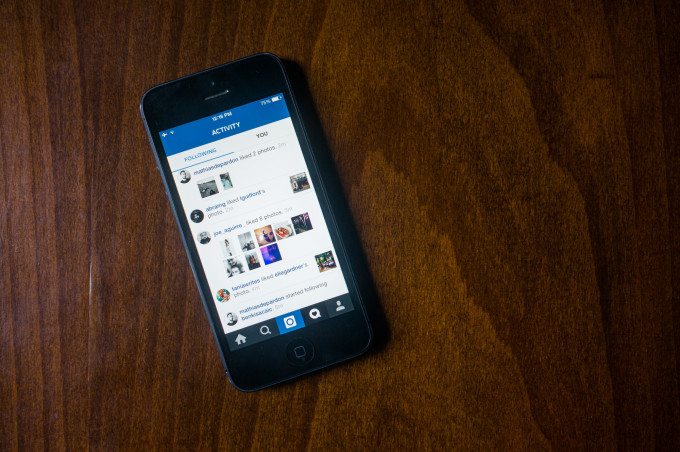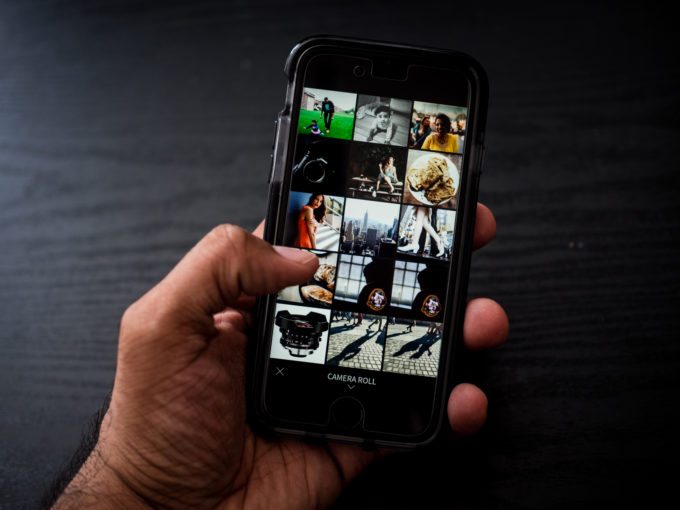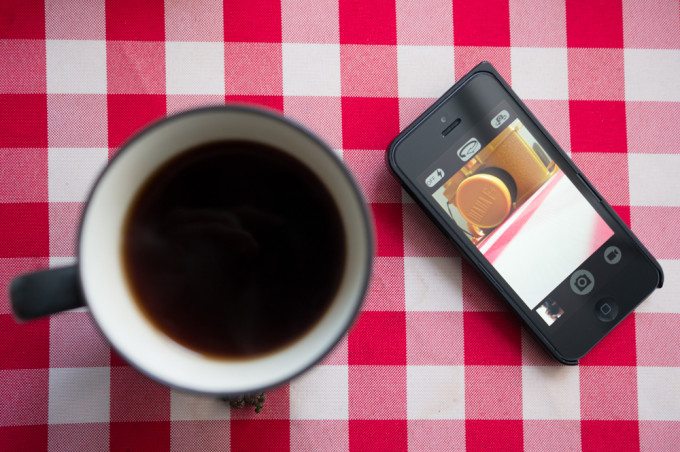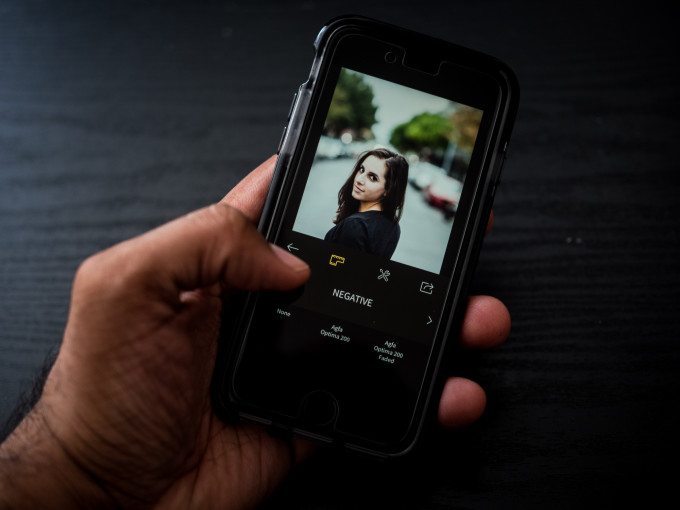
With the instantaneous nature of today’s hyper-connected world, it seems that images only matter if they’re online. Instagram sees uploads on the order of the tens of millions on a daily basis. When you consider every other platform for sharing images, that number is considerably higher.
For the longest time, uploading a photograph quickly after taking it was nearly reflexive for me. It was rush to get it into VSCO, export it, craft the perfect caption and upload it, and the photograph held my attention for as long as it continued to receive love.
Once it ended, it was on to the next one. It’s more often the case now that I wrestle with uploading an image. Occasionally, I’ll be at the cusp of uploading when my better judgment kicks in, and I close out of the app, relegating the photograph to an unseen life, at least for a while.
With any image I think about putting online, I question its worth and longevity. Is the photo only good right now because I just made it, or will it also be good later? Garry Winogrand once said, “Photographers mistake the emotion they feel while taking the picture as judgment that the photograph is good.” Of course, there’s always an immense satisfaction when I see that I got what I saw in the moment, or something close to what I saw. That satisfaction compounded with whatever was in my head at the moment has often made me think that I need to get that photo online, that it’s good and needs to be seen.
I’ve had photos that weren’t quite good enough, but the urge to put them online was there because I had a feeling they’d do well. Photos that I feel truly good about more often than not don’t get as much traction as the ones I feel lukewarm about, and because of that, I’m tempted to put up the photos that aren’t quite good enough. It’s a dopamine hit of hollow gratification that subsides quickly, and I’ll have my thumb ready to hit the check to finalize the upload on Instagram when I realize that the image is better off not seeing the light of day.
It’s photographic clutter that I’m wary of. A year ago, I shut down my flickr account, which I wrote about previously, and the main reason I did it was because there was too much on there. It had everything since I first picked up a camera. It was doing more harm than good, but that really only dealt with images that I had already put up. Hindsight, as they say, is 20/20, and it’s easy to look back and say, “All of these are terrible. I need to get rid of them.” It’s much harder in the moment to be a tap away from uploading something and say, “It’s actually better if I don’t upload this.”
There’s too much noise out there, and I don’t want to add to it. Taking a minute to think through why exactly I’m uploading something goes a long way to either strengthening my conviction to go through with it or helping me realize that it’s better off sleeping in a hard drive. Of course, this isn’t a hard and fast rule I’m holding myself to. I’ll put up fun, quirky images from, say, a party to share a slice of that experience, and there won’t be any existential handwringing. Outside of that, each upload is a considered one.
Part of what this is about, too, is being in control of what I upload in that I want my photographic sensibilities to guide what I put online, not the attention it might get. A photo guided by and created for recognition doesn’t really have a life of its own. It’s often been said that you need to shoot for yourself, and I realize now, too, it’s better to upload for yourself, too, regardless of whether it gets 1 like or 1,000 likes.
If you’re not fully convinced about the next photo you plan to upload, consider leaving it offline.




